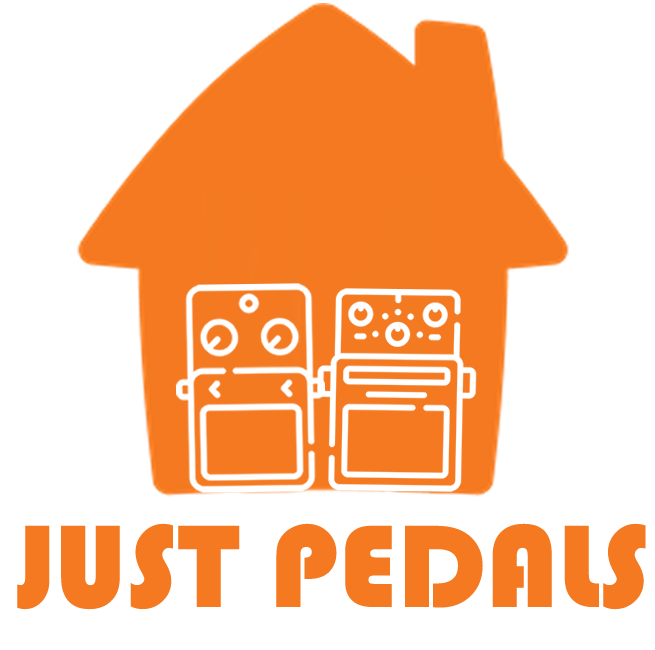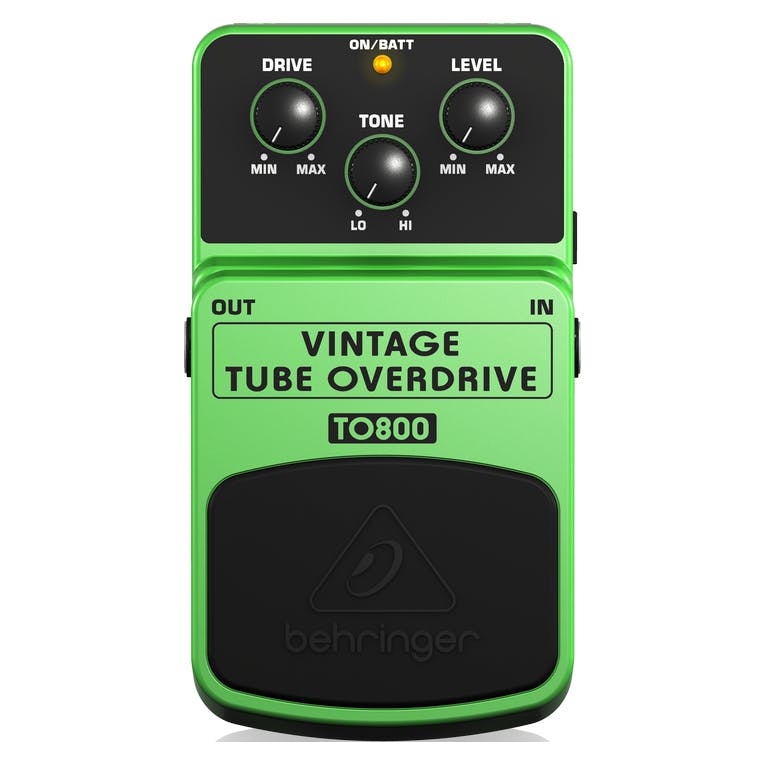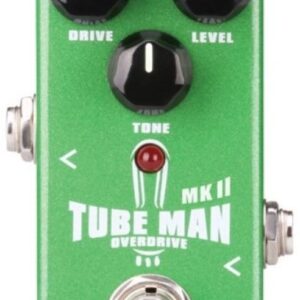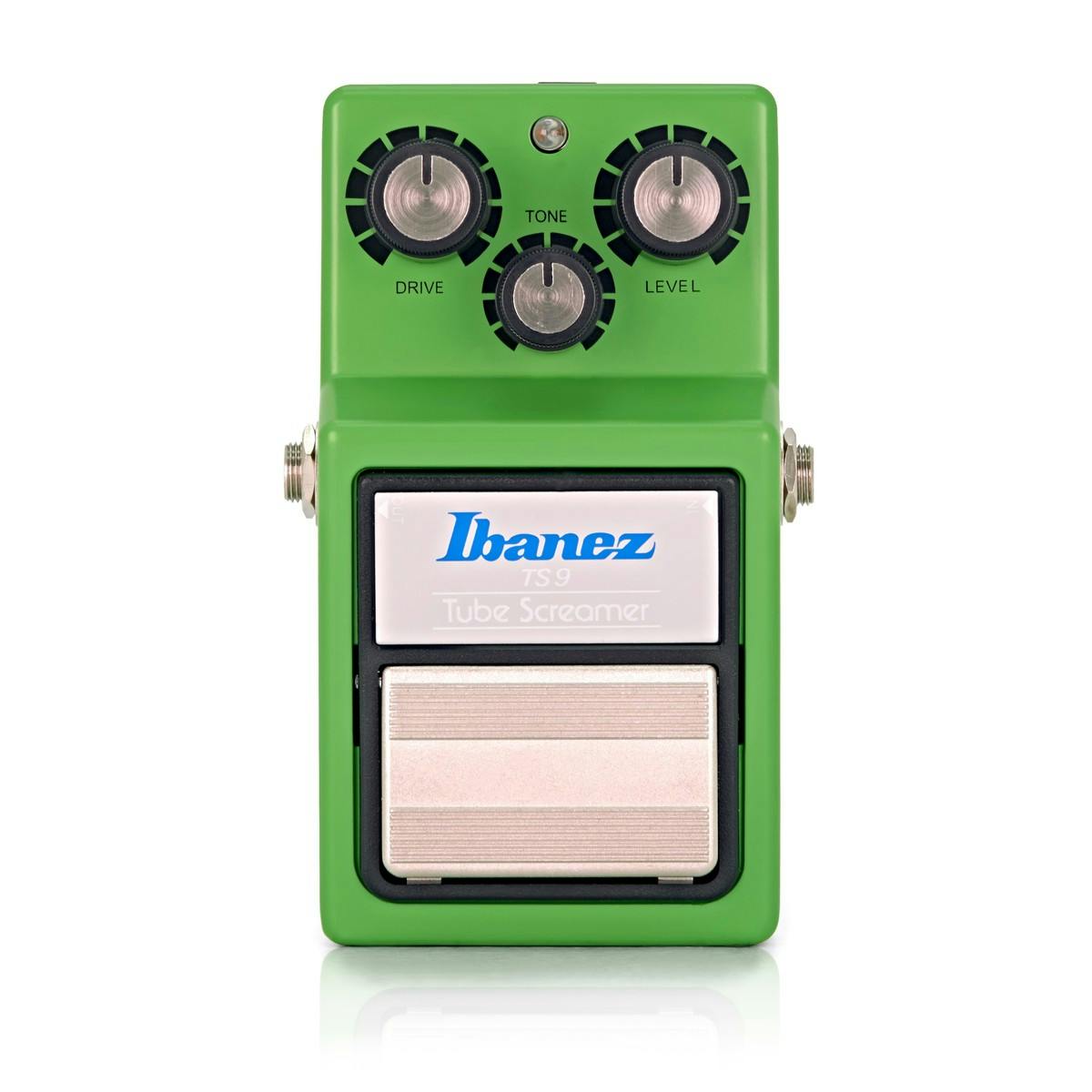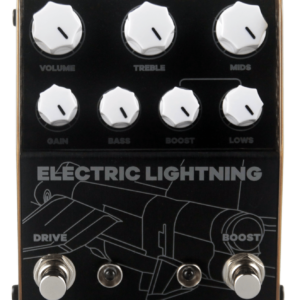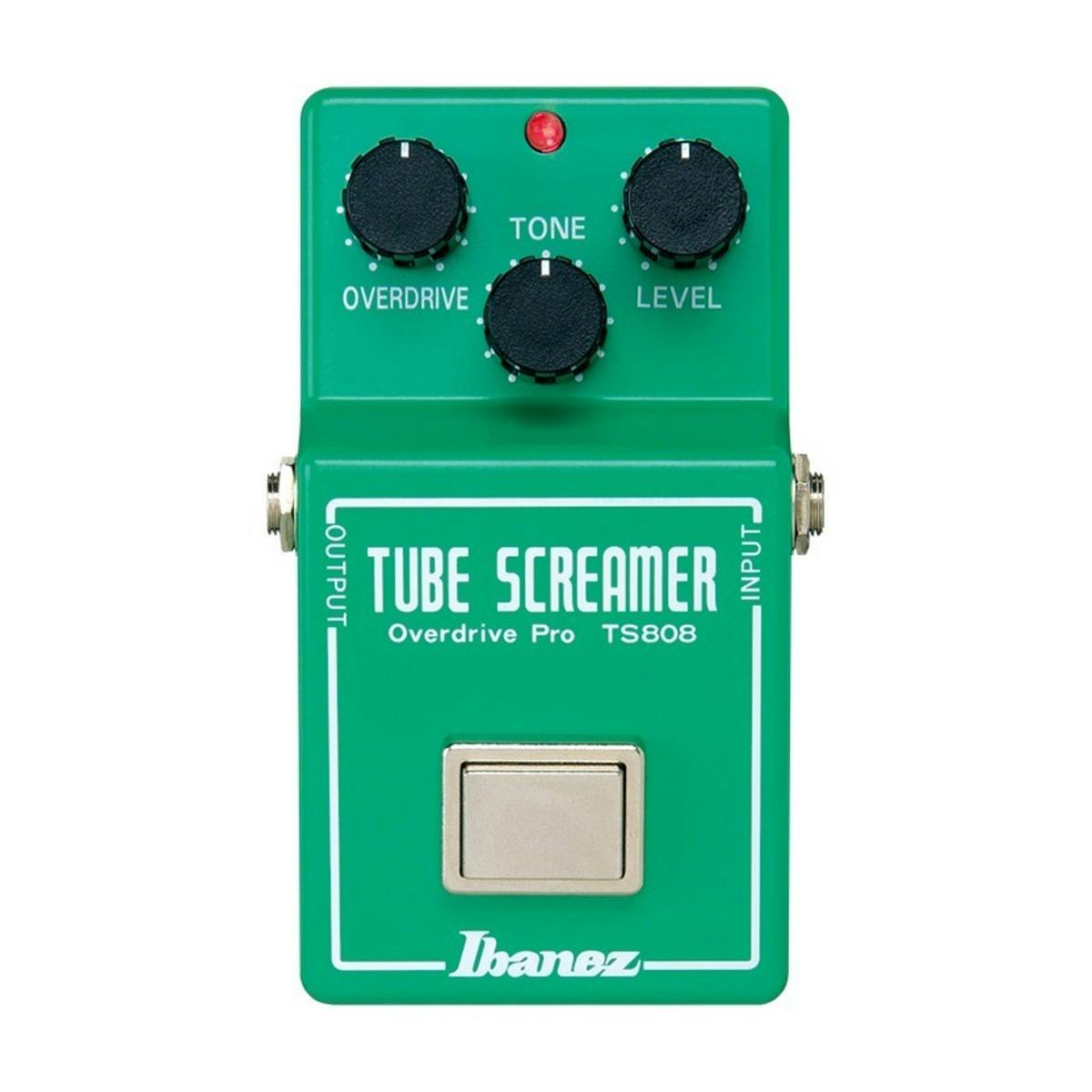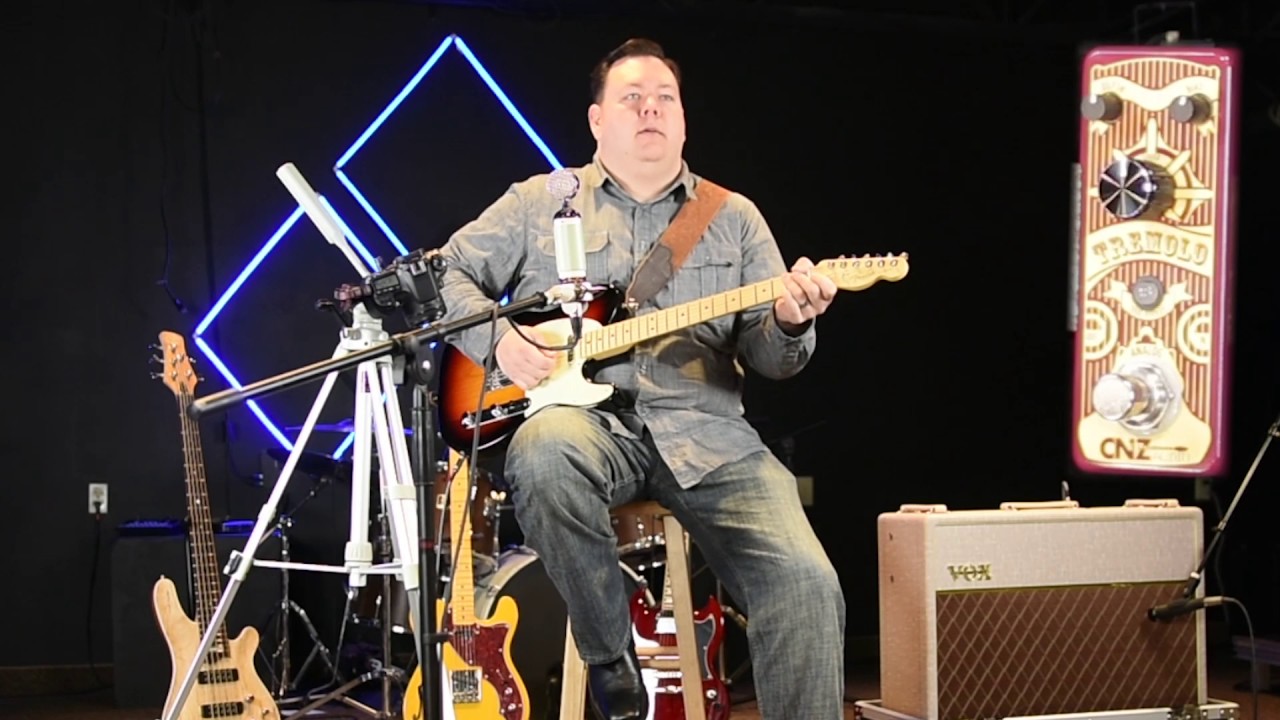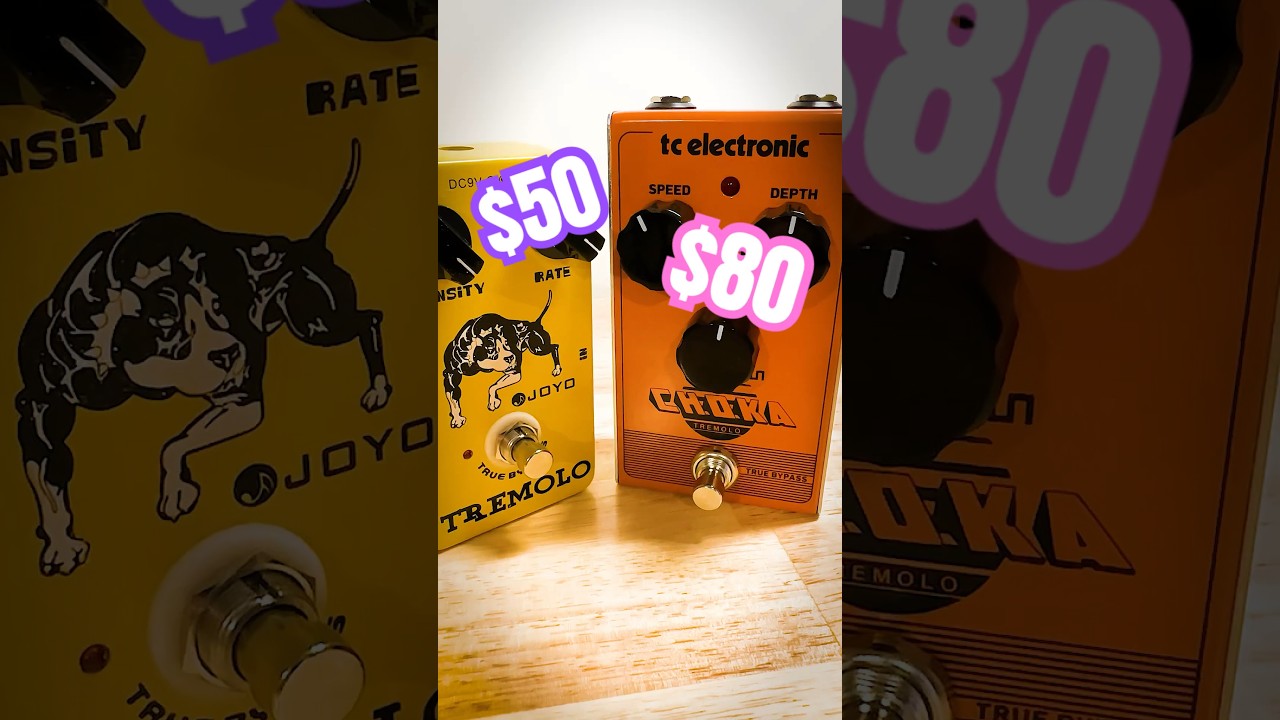Description
The Behringer TO800 Vintage Tube Overdrive Pedal is currently retailing at £23.99 and it is in stock. Available to be delivered to you by post direct (some charge may apply). The top pedal chef at Just Pedals thinks that Behringer nailed it here.
Behringer TO800 Vintage Tube Overdrive
The TO800 is an extremely well valued tube overdrive effect from Behringer.Using solid state technology this pedal effectively produces the tone of a vintage tube amp overdrive. The TO800 is very user friendly, providing standard controls – Level, Gain and Tone.Tough plastic casing and reliable manufacturing make this stomp box a must have accessory for guitarist’s of all levels.
Here’s what Behringer have to say about the TO800;
Get screaming tube-like distortion, smooth sustain and super-fat tone with our TO800. In order to recreate the authentic vintage sound we’ve used the original 4558 opamp and the legendary MA150 distortion diodes. Dedicated drive, tone and level controls are provided for awesome sound shaping. Noise-free operation is guaranteed with a first-class electronic On/Off switch. There is a status LED for effect on/off and battery check for added comfort and ease of use. The TO800 runs on a 9 V battery or DC power supply (not included).
Features
- Get vintage overdrive, smooth sustain and screaming fat tone
- Uses original 4558 IC plus MA150 distortion diodes for authentic vintage sound
- Captures every nuance of your playing from smooth overdrive to screaming tube sounds
- Dedicated Drive, Tone and Level controls for awesome sound shaping
- Status LED for effect on/off and battery check
- Runs on 9 V battery or the BEHRINGER PSU-SB DC power supply (not included)
- First-class electronic On/Off switch for noise-free operation
- High-quality components and exceptionally rugged construction ensure long life
- Conceived and designed by BEHRINGER Germany
We have new and used Behringer musical equipment available on our website for fast direct delivery from sellers across the UK & Europe.
Behringer is a globally recognised audio equipment brand known for producing affordable and accessible gear for musicians, producers, and engineers. Founded by Uli Behringer in 1989, the company offers a wide range of effects pedals that replicate classic circuits at budget-friendly prices. While often compared to higher-end counterparts, Behringer pedals are popular among beginners and professionals alike for their practicality and value. Their extensive catalogue includes everything from distortion and modulation to delays and synthesisers, making high-quality sound more accessible to all.
Just Pedals is a new Guitar Effect Pedals Marketplace – We feature new and used Guitar Effect pedals from different sellers, to purchase online from the UK.
We checked and good news we have it in stock, it has your name on it.
Order today and we will have it with you in a jiffy !
Overdrive is a popular guitar effect that creates a warm, distorted sound by amplifying the signal of an electric guitar, typically using a pedal or an amp's built-in circuit. The effect simulates the natural distortion that occurs when a tube amplifier is pushed to its limit, creating a rich, harmonic response that adds sustain, warmth, and character to the tone. Overdrive pedals are commonly used to add grit and growl to a clean tone without the harshness of full distortion.
The overdrive effect works by boosting the input signal, causing the amplifier to break up and clip the waveform, resulting in a smooth, musical distortion. This is often more subtle and less aggressive than other forms of distortion, making overdrive pedals ideal for blues, classic rock, and country players who seek a dynamic sound that responds to their playing touch. Overdrive pedals can be used in conjunction with other effects like delay and reverb to shape a more complex, evolving sound. Popular overdrive pedals include the Ibanez Tube Screamer, the Fulltone OCD, and the Boss OD-3, each offering different tonal characteristics, from smooth and bluesy to punchy and aggressive.
A pedal is an electronic device that alters the sound of an electric guitar by applying various effects. Pedals are typically connected in a series between the guitar and amplifier, allowing guitarists to switch effects on and off with their feet while playing.
This enables musicians to quickly and easily change their sound, adding versatility and creativity to their performances.
Pedals are essential tools in many musical genres, including rock, blues, jazz, and metal, allowing artists to craft distinctive and dynamic soundscapes.
Once you buy one, you can't stop and then you have to sell them and buy more.
<p data-start="0" data-end="405">A <strong data-start="2" data-end="10">tube</strong> pedal incorporates vacuum tube (valve) technology to deliver the warm, dynamic, and harmonically rich tone that many guitarists associate with classic valve amplifiers. Unlike solid-state or digital effects, tube-driven pedals provide <strong data-start="246" data-end="269">natural compression</strong>, <strong data-start="271" data-end="289">smooth breakup</strong>, and <strong data-start="295" data-end="327">responsive touch sensitivity</strong>, making them a popular choice for overdrive, distortion, and preamp pedals.</p>
<p data-start="407" data-end="793" data-is-last-node="">Brands like <strong data-start="419" data-end="433">Effectrode</strong>, <strong data-start="435" data-end="455">Electro-Harmonix</strong>, and <strong data-start="461" data-end="472">Victory</strong> produce high-quality tube pedals that enhance a player's sound with real valve character. Whether used as a <strong data-start="581" data-end="590">boost</strong>, <strong data-start="592" data-end="602">preamp</strong>, or <strong data-start="607" data-end="633">full-fledged overdrive</strong>, tube pedals add an organic warmth and depth that digital emulations often struggle to replicate, making them a prized addition to any serious guitarist's rig.</p>
In the world of guitar pedals, <strong>vintage </strong>refers to effects that either come from an earlier era or replicate the sound and characteristics of classic gear. Vintage pedals are often prized for their warm, organic tones, analogue circuitry, and unique imperfections that add character to a guitar's sound. Many modern pedals are designed to emulate sought-after vintage effects, such as the rich fuzz of a 1960s Fuzz Face, the smooth overdrive of an original Tube Screamer, or the lush modulation of a 1970s Electro-Harmonix Electric Mistress. Whether using authentic vintage units or modern recreations, vintage-style effects remain a staple in rock, blues, and classic psychedelic music.
Just the latest videos
Just related products
£22.00
Authentic Vintage Tone: The TO800 recreates classic tube-like crunch using original 4558 op amps and MA150 distortion diodes, delivering rich, overdriven tones perfect for rock Customizable Sound: Shape your perfect tone with dedicated Drive, Tone, a…
read more 3% Off £43.30 £41.90
Product 1: Experience true analog delay and vintage slap-back echo that rivals any tape delay Product 1: Vintage BBDs produce up to 300 ms of delay and advanced noise reduction circuit keeps your signal clean Product 1: Dedicated Intensity, Echo and …
read more £5.99
9v 500mA Regulated, 2.1mm x 5.5mm, Centre Negative Polarity Power Supply Filtered for Zero Hum, Noise Free Operation Spring Mounted Tip for Secure Connection 2 Meter Rounded Thick Cable. Energy Efficient Designed for Musical Equipment
£44.30
Product 1: Get vintage overdrive, smooth sustain and screaming fat tone Product 1: Uses original 4558 IC plus MA150 distortion diodes for authentic vintage sound Product 1: Captures every nuance of your playing from smooth overdrive to screaming tube…
read more £45.99
Product 1: Take off with the most extreme and sought-after hard rock or heavy metal distortion Product 1: Multi-gain circuitry to give you super-thick, tube-like distortion plus endless sustain Product 1: Dedicated distortion, three- band eq and leve…
read more